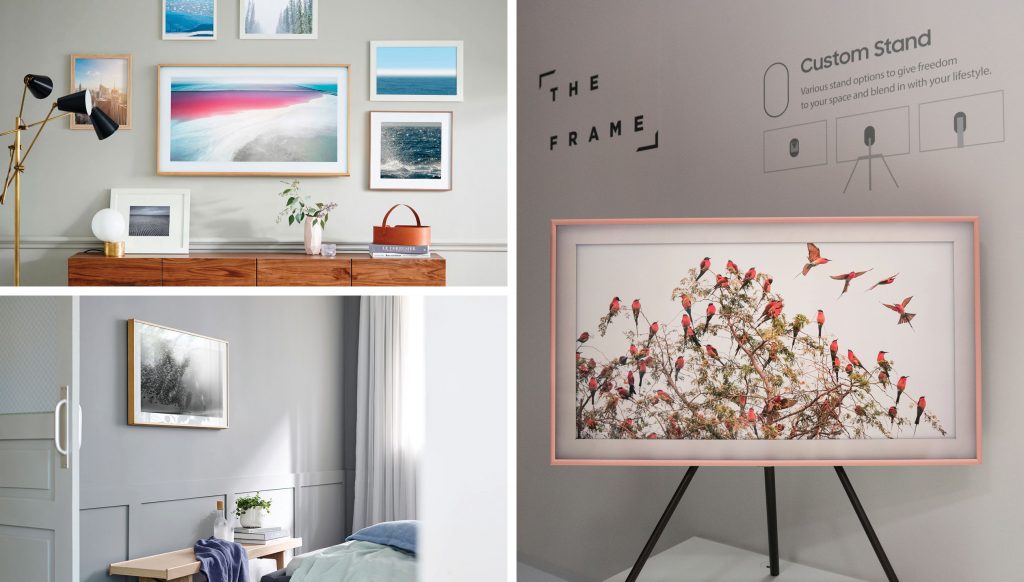
Say ‘Smart Home’ and many people may think of the sci-fi futures depicted in TV and film. Crystal clear, white and glass surfaces, humanoid robot assistants and holograms which give endless amounts of information and functionality. Manufacturers of consumer appliances can be guilty of designing to these principles, creating devices that look alien in our homes.
With this in mind we explore why aesthetic consideration is so important for the future of the connected home.
Although a futuristic design aesthetic may communicate efficiency and technical advancement, the reality is that it causes many consumers to hide these devices away. It is important to marry technology with style so we can display these devices, creating a better relationship with the products.
The concept that devices work better when they are attractive is one widely explored in design theory. In Donald A Norman’s (Director of The Design Lab at University of California, San Diego) book ‘Emotional Design: Why We Love (or Hate) Everyday Things’ he explores why attractive things work better, concluding that we naturally find it easier to forgive attractive appliances when they don’t function as we want them to.
“Yes, products must be usable. But all the many factors of design must be in harmony. Marketing considerations must be accounted for, aesthetic appeal, manufacturability – all are important. The products must be affordable, functional and pleasurable. And above all a pleasure to own, a pleasure to use. After all, attractive things work better.” Donald. A. Norman, Director of The Design Lab.
The following product examples are devices which we feel balance both form and function to achieving a ‘homely’ design for the connected home.

The Frame
Samsung, who have been working closely with designers to reimagine the TV, recently collaborated with Yves Behar’s studio Fuseproject. ‘The Frame’ is a smart television designed to ‘disappear into the décor’. The Frame can be wall mounted or fixed to an easel-like stand named the ‘Studio Stand’. The TV shows artwork from 38 different artists when not in use; utilising motion and light sensors to turn off completely when no one is in the room.
“What if the TV display in my home delivered a different experience? What if the TV disappeared in the décor when it’s not in use?” Yves Behar, CEO and Founder of Fuse Project.

Ding
Designed for Ding Labs by Barber & Osgerby’s creative studio MAP, ‘Ding’ is an elegant and stylish smart doorbell. Traditional doorbells have been designed to be efficient giving little consideration to aesthetic. Ding breaks this mould with a carefully considered look as well as function. MAP designed the speaker and button using high quality plastic and fabric materials. As a result the speaker sits within your home blending in beautifully with the décor.
As for its smart features if you are out, Ding will turn the doorbells ring into a voice call which goes straight to your phone. A great feature for consumers that get a lot of online deliveries, you can ask the delivery person to leave the package with a neighbour. It can also be set for ‘quiet hours’. Perfect for those with children, nightshift workers or pet owners.
“We have designed the Ding smart doorbell to be simple, beautiful and smart, improving the user experience and ensuring its design works elegantly with modern homes,” said John Nussey, co-founder and CEO of Ding.

Google Home
Providing a similar voice assistant functionality as the Amazon Echo, Google Home incorporates the ability to access information and control devices in a neatly presented package. The device which stands at 5.62 inches tall looks very similar to a home air freshener. Its soft, minimal design means it’s easy to put the speaker anywhere in the home. There are also seven bases available in fabric or metal finishes with a variety of colours to match your décor.
“There are idiosyncrasies of modern home life that we’re not questioning. With the increasing overlap of home design and technology, a designer with both an industrial and architectural background may be the only one positioned to envision how we interact with our homes.” Yves Behar, CEO and Founder of Fuse Project.
As the connected home continues to evolve, brands and manufacturers will need to change their approach. Considering the aesthetic needs of the home as well as its practicality and function. Collaboration between brands and designers across, product, architectural and interior design is key. Designing products better suited to a place of deep emotional comfort and relaxation, rather than the sci-fi future we see in film and TV.
Original Source: Trendbible